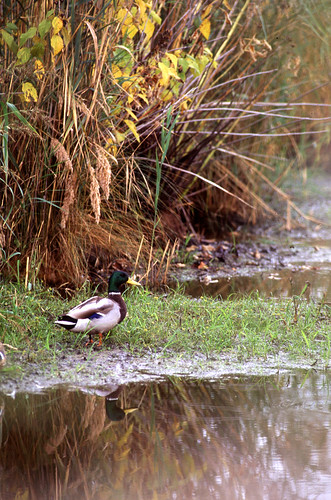
Rice is not just for people but for the birds, too. And a new report underlines the value of rice fields as habitat for migratory birds and other waterfowl.
The working rice lands report, released this week by Ducks Unlimited and the USA Rice Federation, shows that replacing rice fields with restored wetlands would cost an estimated $3.5 billion. Plus, a large amount of food available to migratory birds during winter comes from rice fields: 44 percent in California’s Central Valley and 42 percent along the Gulf of Mexico coast.
Jason Weller, chief of USDA’s Natural Resources Conservation Service, (NRCS) joined the two partners for the report’s unveiling today, noting the important relationship the agency has with both groups as well as American farmers.
“We applaud the many rice producers who integrate extra conservation measures into their rice production to maintain water quality and provide much-needed waterfowl habitat,” he said. “The partnership between Ducks Unlimited, USA Rice and USDA offers increased technical and financial assistance to help producers accomplish these goals on their land.”
Rice farmers have used voluntary conservation work to improve their rice operations while also providing valuable habitat to birds and other environmental benefits.
For example, through the former Wetlands Reserve Program (now the Agricultural Conservation Easement Program), NRCS has worked with more than 12,500 farmers – and many partners like Ducks Unlimited and USA Rice Federation – to enroll almost 2.9 million acres of wetlands.
After the 2010 Deepwater Horizon oil spill, NRCS launched a new initiative, the Migratory Bird Habitat Initiative that created almost a half of million acres of critical shallow water habitat that year, providing refuge from the oil slick to millions of migratory and wintering birds. Over the next two years, farmers put conservation practices on more than 82,000 acres of land through the initiative. A large part of their work was ensuring lands in the flyway would continue to be suitable for shallow water habitat.
This initiative’s successes can be seen across the country. In Texas, when Taylor Wilcox of Chambers County flooded his rice fields earlier than normal through the initiative, he noticed a swelling of waterfowl and shorebirds on his land. “We have seen an exceptional increase in the amount of diversity of wildlife populations,” Wilcox said.
And in Mississippi, DeSoto County rice farmer Lan Burns typically measures his yield in rice, soybeans and milo. But after participating in the initiative, he was also able to measure on the amount of migratory birds he housed. “It was great to see NRCS and farmers help with the catastrophe on the coast,” he said of how, by flooding his land early, he was able to provide forage and shelter for a wide variety of species. To hear a USDA audio report about the event, please visit the Rice Growers and Beneficial Habitat for Waterfowl audio report.

